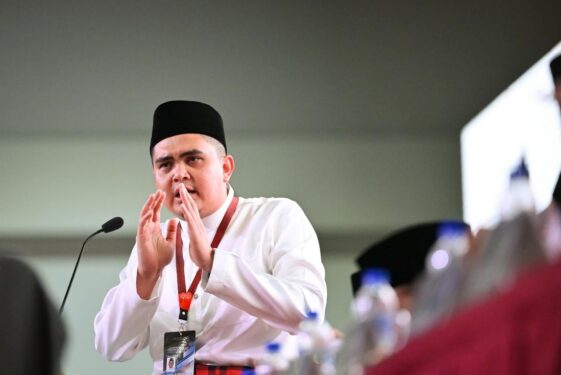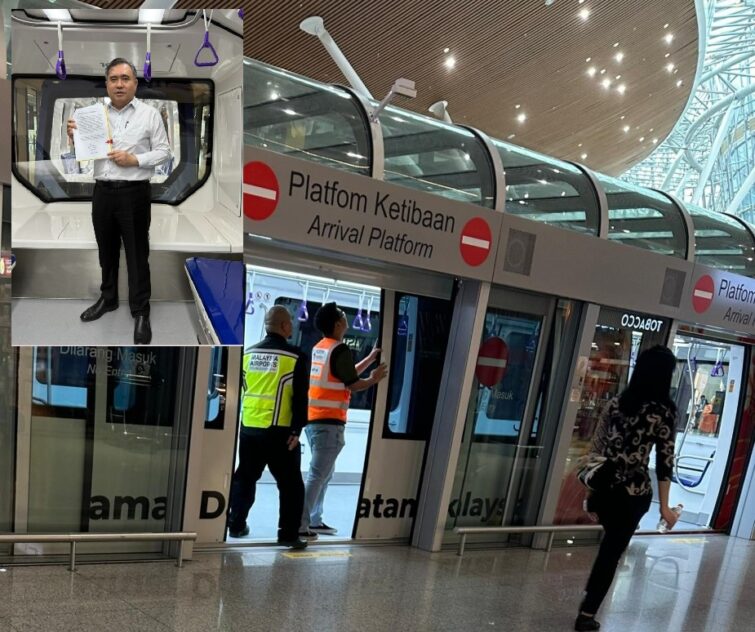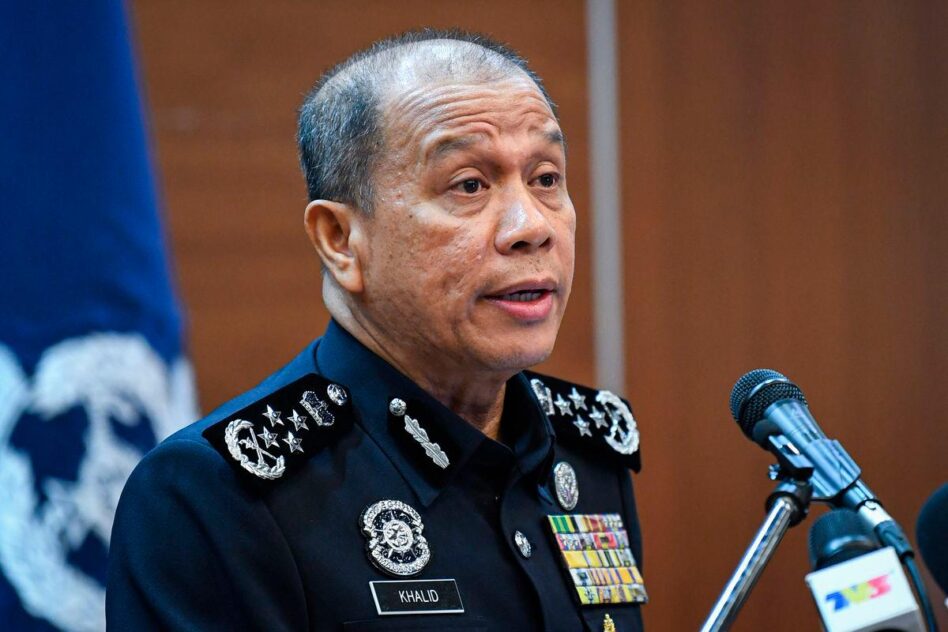I HAVE read reports that cabbies in Johor Baru are unhappy with low e-hailing fares and wish to share some of my experience on taxis as a driver, commentator, and trainer for Teksi Wanita, Teksi1Malaysia (TEKS1M) and drivers of pink colour vans licensed as hire cars in Pangkor.
I drove limousine taxis from 1973 to 1975 and premier and budget taxis from 2000 to 2010.
The starting fare for premier taxis was RM3 with the meter clocking 20 sen for every 200 metres amounting to RM1 per km, and 20 sen for every 45 seconds or up to RM16 in an hour.
Then, budget taxi rates were RM2 starting fare, 66.6 sen per km and RM8 per hour, which had not been revised for many years.
In 2007, I proposed that budget taxi fares be increased to RM3 starting fare, RM1 per km and RM12 per hour.
My letter “Revise taxi fares to benefit all” was published in an English daily on Oct 20, 2007.
I also proposed that rates for premier taxis be raised to RM4.50 for starting fare, RM1.50 per km and RM24 per hour; with rates for executive taxis remaining at RM6 starting fare, RM2 per km and RM36 per hour. These would have streamlined the rates for all metered taxi fares.
I cautioned taxi drivers that they must realise that high fares do not necessarily translate into high income.
A huge increase in fares (up to 600% as demanded by some taxi associations) will attract many people to drive taxis but the benefit would go to taxi companies, not the drivers.
The consequence will be many empty taxis on the road, as drivers will find that high fares will result in fewer passengers and stiff competition.
In 2009, the Commercial Vehicle Licensing Board increased budget taxi fares to RM0.87 per km and RM17.14 per hour by pegging meter fares at 10 sen for every 115 metres or 21 seconds. Clearly, the revision was made without scientific basis.
The number of budget taxis on the road doubled as huge number of taxi permits were granted to both taxi companies and individuals.
The market was flooded with taxis, forcing the Land Public Transport Commission which became operational in 2011 to freeze issuance of permits.
In 2013, I proposed that budget taxi fares be increased by 44 percent for distance to RM1.25 per km, and 40 percent for time to RM24 per hour. In 2015, budget taxi fares were raised to RM1.25 per km and RM25 per hour.
Fares for TEKS1M were raised higher to RM4 starting fare, RM1.50 per km and RM30 per hour in greater Kuala Lumpur, and more in Penang at RM1.75 per km and RM35 per hour.
Although higher fare for TEKS1M was justified because of higher costs for operating a Proton Exora MPV, it backfired when many passengers shun using them.
Earlier, when their fares were the same as other budget taxis, many passengers were afraid their fares would be higher.
Today, seven years later, taxi drivers in Johor Baru are complaining that they are unable to compete with e-hailing service because passengers would have to pay twice as much for using taxi service, according to Taman Desa Jaya United Taxi Club secretary Ismail Mohammad.
Instead of continuing to bring up issues with the state government, Johor Public Transport Corporation, Land Transport Public Transport Agency and Transport Ministry, their dilemma could easily be resolved if affected taxi drivers take ownership of their own livelihood.
If they have been losing out to e-hailing which became popular after the MyTeksi app was launched in 2012 offering services using taxis and Uber in 2014 using private vehicles, cabbies could easily switch from driving taxis to private cars without having to obtain a taxi permit.
In fact, many taxi drivers have done so, particularly those that were renting permits from taxi companies or individuals.
Only those that refused or incapable of adapting to e-hailing continue to drive taxis but spend most of their time waiting for passengers that are few and far in between.
Also, there is nothing to stop taxi drivers from onboarding many e-hailing apps if they are willing to accept the same lower fares as paid to drivers of private vehicles.
Cabbies are free to charge any amount they wish as long as they are not higher than regulated meter fares.
Over the past decades, politicians from the highest level to those standing for elections have waded in, somethings giving promises to more than a thousand taxi drivers gathered in a hall or to a small noisy group with a few claiming to be leaders of obscure taxi associations.
As for taxi drivers in Johor, it is an opportune time to make use of politicians by getting them to publicise that taxis in the state would be offering a 50% discount from March 2022.
A large “50% discount” sticker on taxi doors would assure the public that the offer is genuine.
During the Johor state election on March 12, these taxis could be chartered by political parties to ferry voters.
Apart from paying cabbies a fair rate for their taxi service, promising them a bonus for winning could bring in a few extra votes that may prove crucial in closely contested seats. – March 5, 2022
YS Chan is Asean Tourism Master Trainer for travel agencies, master trainer for Mesra Malaysia and Travel & Tours Enhancement Course. He is also a tourism and transport industry consultant and writer.
The views expressed are solely of the author and do not necessarily reflect those of Focus Malaysia.









